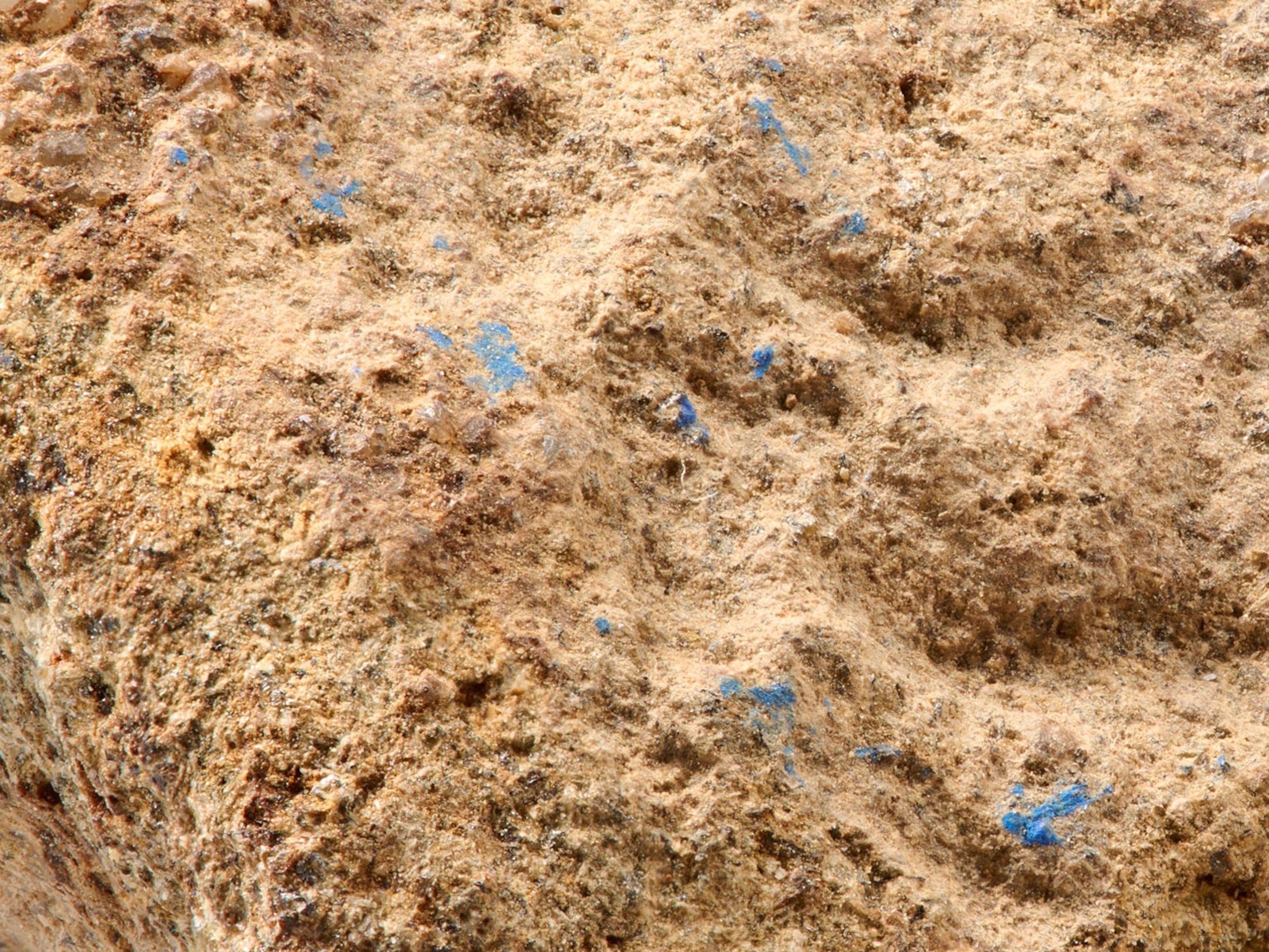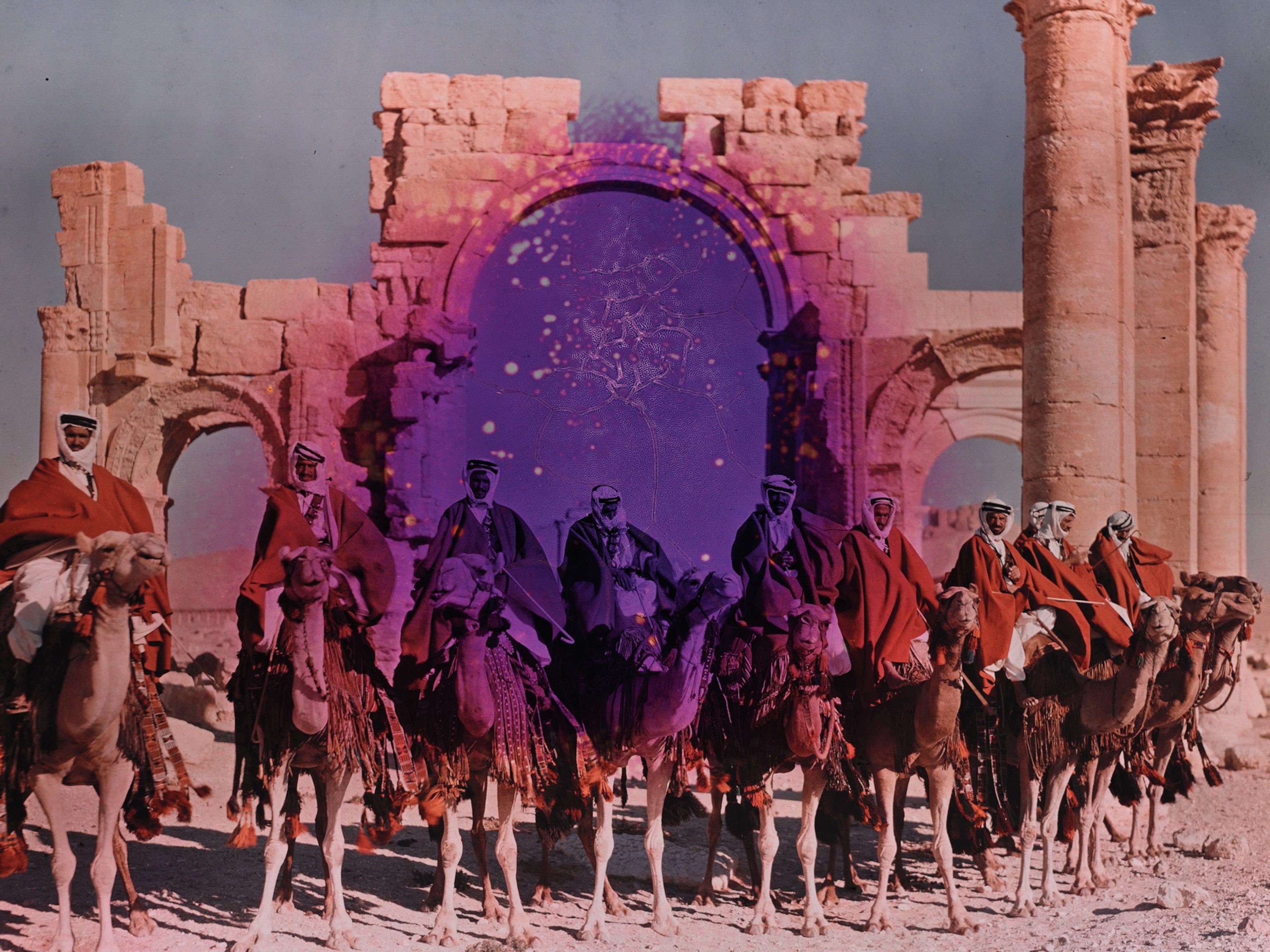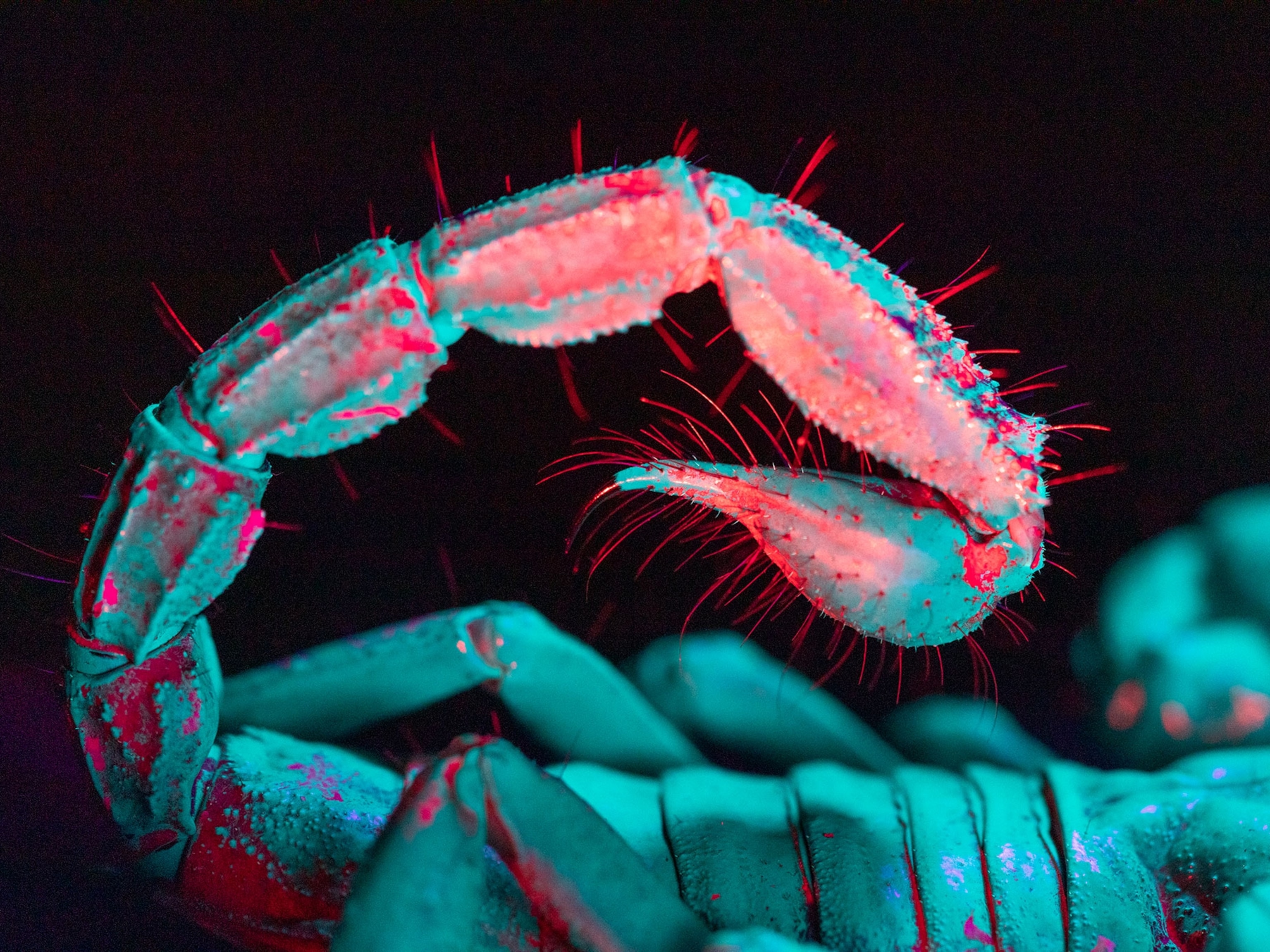Vintage NASA Pictures Get New Life in Vibrant Color
An Irish photographer is colorizing photos from the space race to show how the past really looked.
In 2015, NASA released a trove of nostalgic photographs documenting the American-Soviet space race of the 20th century: beaming astronauts preparing for their missions, tense moments at the command center, engineers posing beside the Apollo mission software code. Among those sifting through the thousands of images online was Matt Loughrey, a photographer based in the sleepy, pub-filled Irish village of Westport.
"I remember being young and hearing stories from my dad about watching the space race," he recalls. "We had encyclopedias, and everything was monochromatic—it felt distant."
Earlier this year, Loughrey had taken a picture of his grandmother and colorized it. The resulting image pulled the subject out of the past and made her easier to reconcile with the modern world.
That prompted him to imagine the impact color versions of the NASA photographs could have on a young viewer. The images showed "bravery, a pinch of madness, a lot of tried and tested knowledge, and the confidence of trusting your life in the hands of others," he says.
His idea was given further encouragement when his 7-year-old son, George, posed a question to his dad: "Was the world always in black and white?" Loughrey explained to him that the world has always been as vibrant as we see it now, but the tools for capturing it have changed. "I realized that he'd stumbled upon a poignant observation."
Loughrey started painstakingly transforming them. Using a neural network—software that uses an algorithm to predict the real-life colors of a grayscale picture—he turned the black-and-white images into glorious windows into the past.
Since the backgrounds were crowded with command consoles, buttons, and flags, transforming just a dozen pictures took him 300 hours. It was tedious but peaceful work. "There's a nice feeling looking at a photo coming to life in color, but you're the only person in the world who can see it for a short while," he says.
He hopes these color images will excite a younger generation of explorers and scientists. "The light was never shown fully across NASA and what went into it," he says. "When we look at stories long ago, it's a point of self-reflection."
Loughrey has a few more NASA photographs to color, but he already has his hands full with new projects. He's working with a History Channel documentary about the Anglin brothers, who, along with another inmate, pulled off perhaps the only successful escape from Alcatraz in 1962, and he is hoping to collaborate with the Library of Congress to colorize photos of the Dust Bowl.
Beyond that, his work is classified. "I can tell you I do work for the Missing Persons Bureau," he says. "I just can't tell you what it is."





